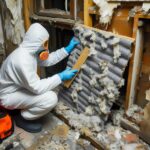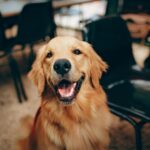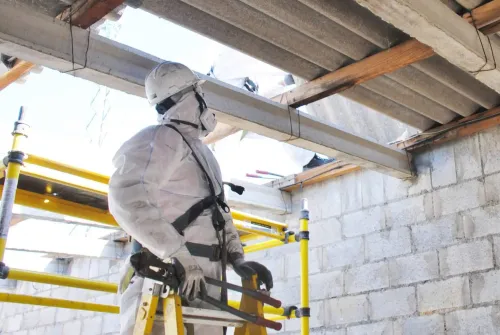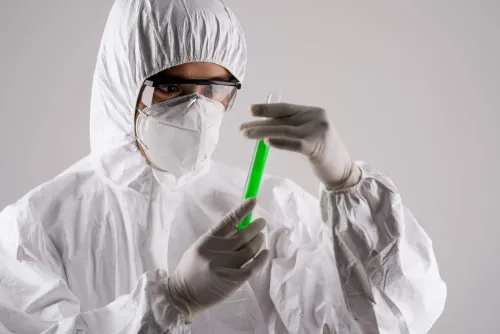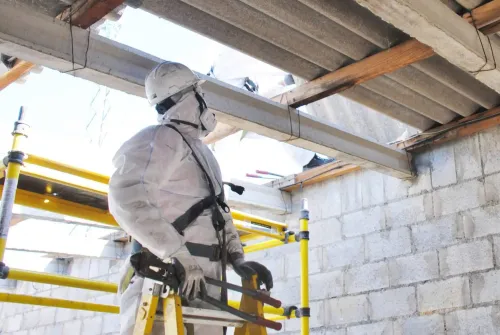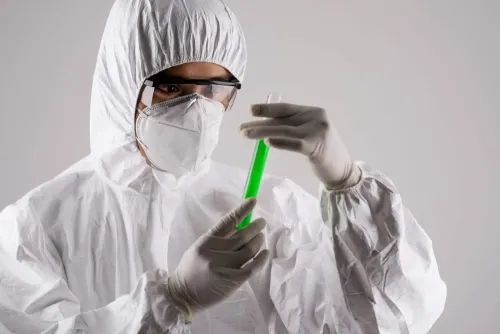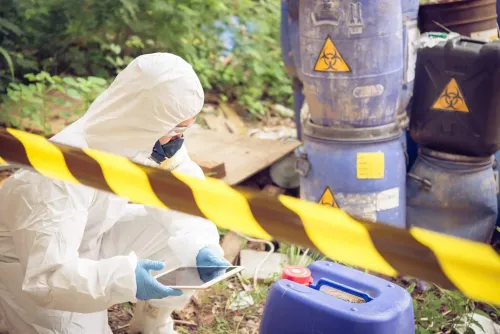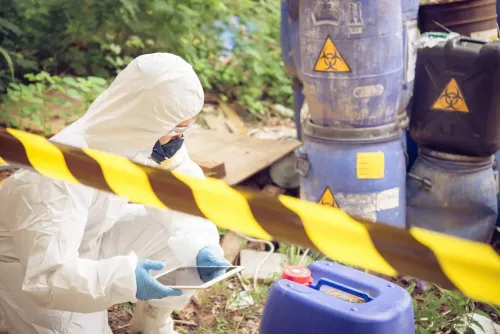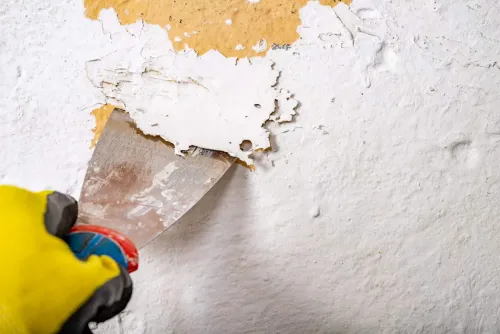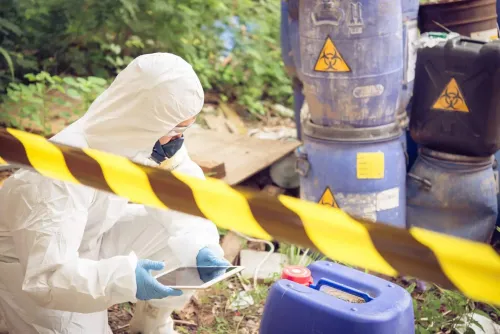Hidden Dangers: How Mold Exposure Can Affect Your Pets
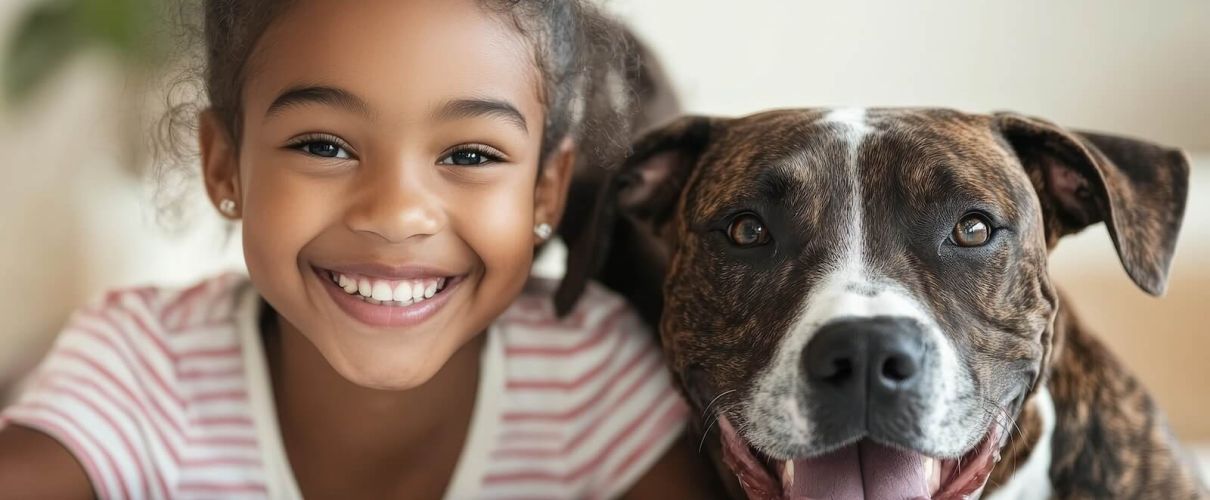
When we think of mold exposure, we often consider the health risks for ourselves and our families. But what about our furry friends? Pets are just as vulnerable — if not more so — to the harmful effects of mold. Dogs, cats, and other household animals are closer to the ground, have more direct contact with affected surfaces, and are often curious about damp, musty areas where mold thrives.
In this blog, we’ll explore how mold exposure can impact your pets, the symptoms to watch for, and practical steps you can take to protect them. However, mold removal is a dangerous job and should not be undertaken without professional assistance.
Understanding Mold: A Common Household Hazard
Mold is a type of fungus that thrives in damp, humid environments. It reproduces through microscopic spores that float in the air, landing on surfaces and multiplying rapidly under the right conditions. Mold is commonly found in:
- Basements and crawl spaces
- Bathrooms and kitchens
- Attics and poorly ventilated areas
- Air conditioning units and vents
While some types of mold are harmless, others — like Stachybotrys chartarum, also known as black mold — can produce harmful mycotoxins. These toxins can have serious health effects on both humans and pets when inhaled, ingested, or absorbed through the skin.
How Do Pets Get Exposed to Mold?
Pets are naturally curious and spend much of their time on the floor, where mold spores often settle. Here are common ways pets come into contact with mold:
1. Inhalation of Mold Spores
Just like humans, pets can inhale airborne mold spores. Areas with poor ventilation, water damage, or high humidity are prime spots for mold spores to circulate.
2. Contact with Contaminated Surfaces
Pets may lie on damp carpets, roll around on moldy floors, or play in basements or bathrooms where mold might be growing. Their fur and paws can come into direct contact with mold colonies.
3. Ingesting Mold-Contaminated Food or Water
Spoiled pet food or water bowls left in damp areas can quickly develop mold. Pets might unknowingly ingest contaminated food or drink, exposing their digestive systems to harmful mold toxins.
4. Secondary Exposure from Owners
Mold spores can cling to many surfaces, including clothing, shoes, or pet toys. This allows mold to be transferred to pets indirectly through otherwise harmless interactions, making it all the more pertinent to address the issue as soon as it is found.
Health Risks of Mold Exposure for Pets
Pets are smaller than humans, which means even low levels of mold exposure can have a significant impact on their health. Here are some common health problems associated with mold exposure in pets:
1. Respiratory Issues
Inhalation of mold spores can irritate your pet’s respiratory system, leading to symptoms such as:
- Persistent coughing or wheezing
- Labored breathing or shortness of breath
- Nasal discharge
Severe exposure may even trigger pneumonia or chronic bronchitis in pets.
2. Allergic Reactions
Pets can develop mold allergies, just like humans. Symptoms may include:
- Excessive scratching or licking
- Red, irritated skin
- Hair loss or bald patches
- Ear infections
3. Neurological Symptoms
In cases of high exposure to toxic mold (like black mold), pets may exhibit neurological symptoms such as:
- Tremors or seizures
- Lack of coordination
- Unexplained aggression or behavioral changes
4. Digestive Problems
Ingesting mold-contaminated food or water can cause:
- Vomiting
- Diarrhea
- Loss of appetite
If left untreated, these issues can lead to severe dehydration and malnutrition.
Signs Your Pet May Be Affected by Mold
Pets can’t tell us when they’re feeling unwell, so it’s up to us to watch for warning signs. Common symptoms of mold exposure in pets include:
- Chronic coughing or wheezing
- Frequent scratching or licking of paws
- Runny nose or eyes
- Lethargy or reduced energy
- Loss of appetite
- Behavioral changes (e.g., sudden aggression or fearfulness)
If your pet is exhibiting any of these symptoms and you suspect mold exposure, consult your veterinarian immediately.
Steps to Protect Your Pets from Mold
Preventing mold exposure is the best way to safeguard your pets’ health. Here are key steps to keep mold under control in your home:
1. Control Humidity Levels
Keep indoor humidity below 50% with the help of dehumidifiers and proper ventilation. Pay special attention to damp areas like basements, bathrooms, and laundry rooms.
2. Regularly Inspect Your Home
Check for signs of water damage, leaks, or mold growth in vulnerable areas. Address any issues promptly to prevent mold from spreading.
3. Clean Food and Water Bowls Daily
Avoid leaving pet food or water bowls in damp areas. Wash them regularly and ensure they are completely dry before refilling.
4. Keep Pets Out of Moldy Areas
If you know mold is present in certain parts of your home, keep your pets away from those areas until proper mold remediation is completed.
5. Wash Pet Bedding and Toys Regularly
Mold spores can settle on bedding and toys. Wash these items frequently using hot water and dry them thoroughly.
6. Schedule Professional Mold Inspections
Don’t rely on DIY testing kits if you suspect mold in your home. Hire a professional mold remediation service to assess the situation and provide a safe solution.
What to Do if Your Pet Has Been Exposed to Mold
If you believe your pet has been exposed to mold, take the following steps:
- Remove Your Pet from the Affected Area: Prevent further exposure by moving your pet to a clean, dry space.
- Consult Your Veterinarian: Share any symptoms and details about the potential mold exposure. Your vet may recommend diagnostic tests or treatments.
- Address the Mold Problem at Home: Hire professional mold remediation experts to safely remove mold from your property.
The Importance of Professional Mold Remediation
Mold removal isn’t something to tackle on your own, especially when the health of your pets is at stake. Professional mold remediation services have the tools, training, and expertise to:
- Identify hidden mold growth
- Safely remove mold colonies
- Prevent cross-contamination
- Restore air quality
Hiring experts not only ensures your home is mold-free but also provides a healthier environment for your entire family — including your pets.
A Healthy Home for You and Your Pets
Mold exposure is a silent but serious health risk for pets. From respiratory problems to allergic reactions and even neurological damage, the consequences can be severe. By taking proactive measures, including regular inspections, humidity control, and professional mold remediation, you can protect your pets and give them a safe, healthy living space.
At Asbestos Professionals LLC, we specialize in mold inspection, removal, and remediation for the greater Denver area. Our certified team uses industry-leading techniques to ensure your home is free from mold hazards. Call us today at (303) 337-4839 or visit our website to schedule an inspection and take the first step toward a safer home for you and your pets.


